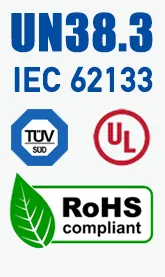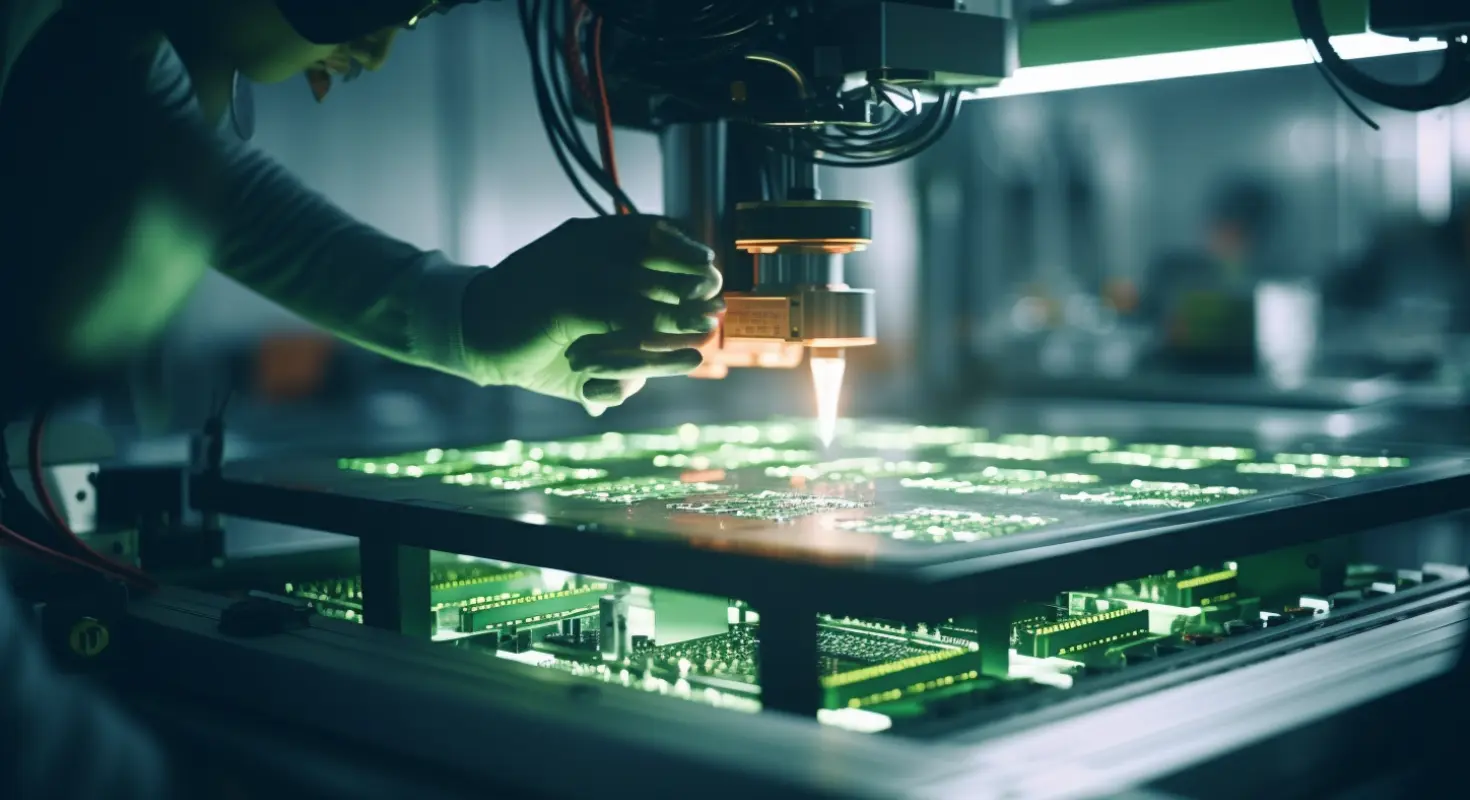
What's MOS of LiPo Battery?
What's the MOS in the protection circuit of the LiPo battery, and what's its function? How does it work and protect the Lipo battery?
The MOS (Metal-Oxide-Semiconductor) in the protection circuit of a LiPo (Lithium Polymer) battery typically refers to a MOSFET (Metal-Oxide-Semiconductor Field-Effect Transistor). MOSFETs are crucial components in the lipo battery protection circuit. Their primary function is to act as switches to manage the flow of electrical current to and from the lipo battery, thereby ensuring safe operation.
Functions of the MOSFET in LiPo Battery Protection:
Overcharge Protection: When the lipo battery reaches its maximum voltage during charging, the MOSFET interrupts the charging circuit, preventing further current from entering the lipo battery and averting overcharging.
Over-Discharge Protection: Similarly, to prevent over-discharging, the MOSFET disconnects the lipo battery from the load (the device it powers) when the voltage drops below a safe threshold.
Overcurrent Protection: In case of an excessive current draw, such as during a short circuit or an overload condition, the MOSFET cuts off the current flow to protect the lipo battery.
Controlled Charging and Discharging: The MOSFETs can be used to manage the rate of charging and discharging, ensuring the lipo battery operates within its safe operational parameters.
How MOSFETs Work in the LiPo Battery Protection Circuit:
Voltage Sensing: The protection circuit constantly monitors the lipo battery voltage. MOSFETs respond to signals from the Battery Management System (BMS) or protection IC (Integrated Circuit) that detects voltage levels.
Current Sensing: The BMS or protection IC also monitors the current flow. When an abnormal current is detected, the MOSFET alters the current flow.
Thermal Sensing: Some advanced circuits also monitor the temperature of the lipo battery. If an unsafe temperature is detected, the MOSFET can act to disconnect the lipo battery.
Switching Mechanism: MOSFETs act as electronic switches. In response to control signals (usually from the BMS or IC), they can quickly switch on or off, allowing or interrupting the current flow. This switching enables the MOSFET to disconnect the lipo battery during unsafe conditions.
Low On-Resistance: One of the advantages of using MOSFETs is their low on-resistance when conducting, which minimizes power loss and heat generation during regular operation.
Dual MOSFET Configuration: Often, two MOSFETs are used in series - one for charging and one for discharging. This allows for more precise control over both processes.
By integrating MOSFETs into the LiPo battery's protection circuit, manufacturers ensure that the lipo battery operates within its safe limits, significantly reducing the risks of overcharging, over-discharging, and overheating, which are critical for the safety and longevity of LiPo batteries.
Best Lithium Battery Solutions
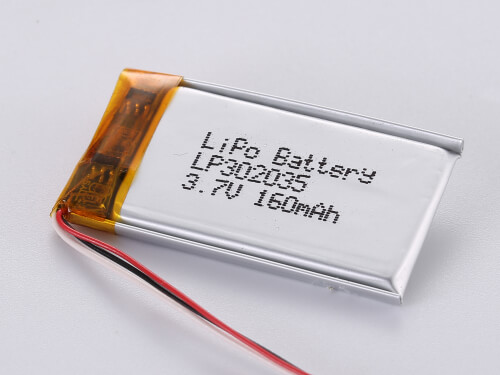 |
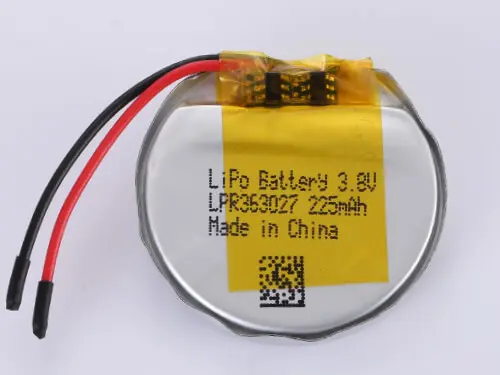 |
Ultra Thin LiPo Battery |
Round LiPo Battery |
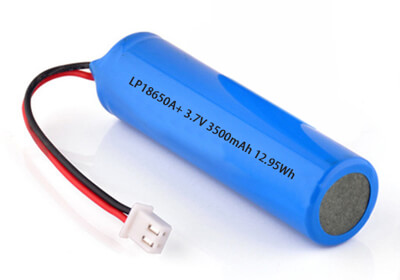 |
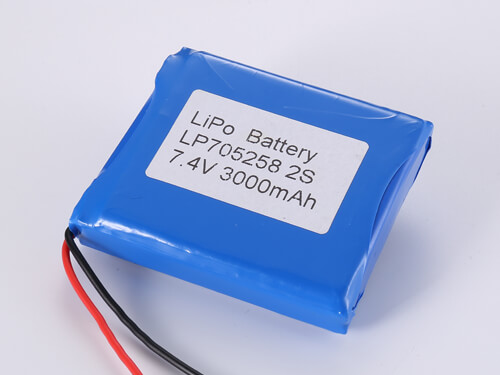 |
18650 Battery |
LiPoly Battery 2S 7.4V |
Fill out my online form.If you haven't find the fit batteries, pleaese go to our anther website for more www.LiPoly-Battery.com
